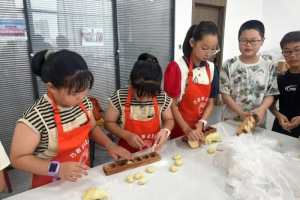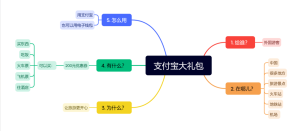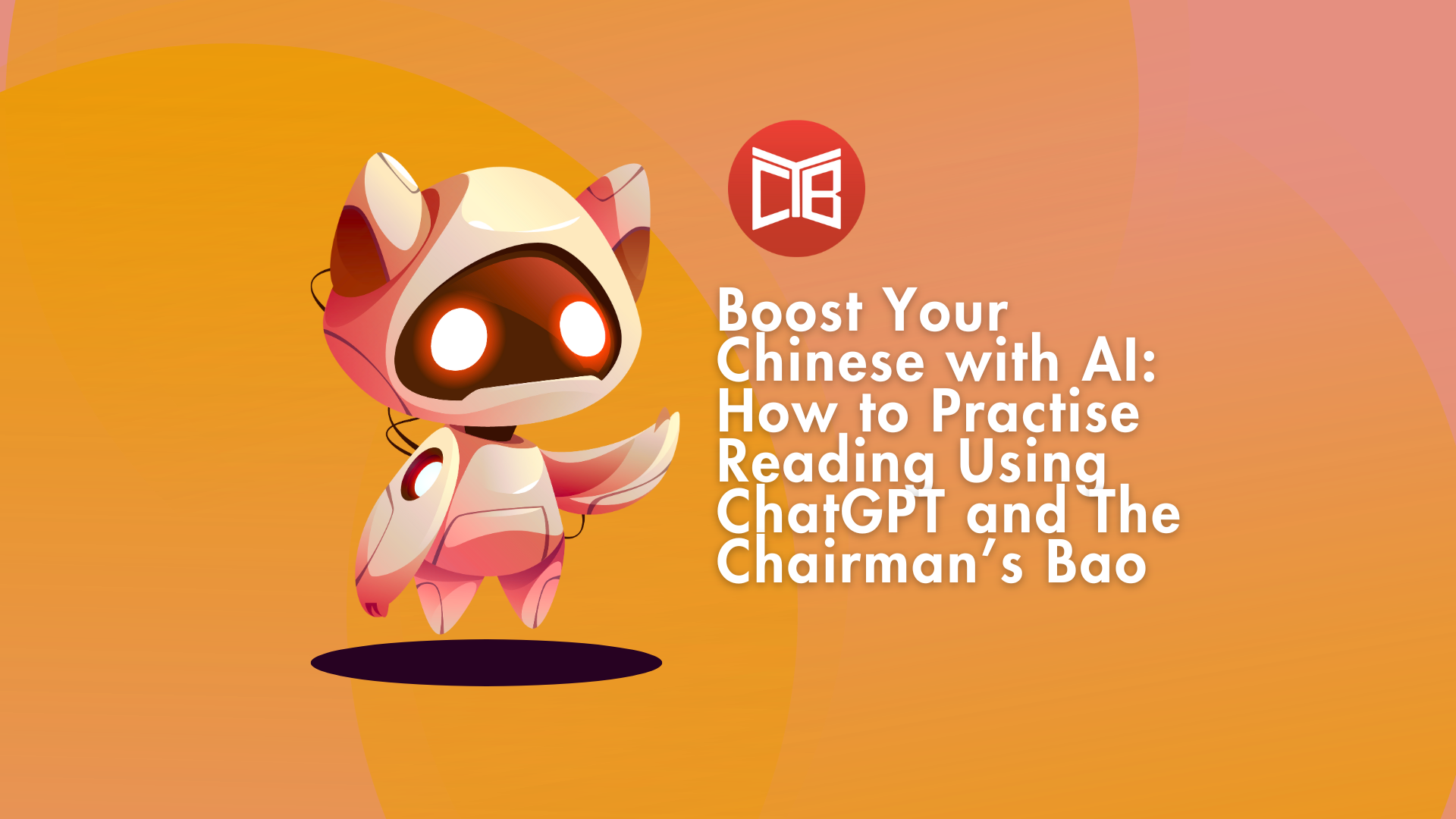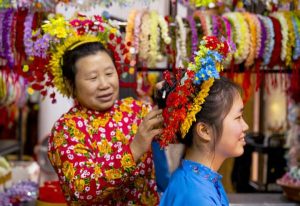
These activities can work for any levels.
Before Using the Article: Introducing the Topic
This part focuses on pre-reading /pre-listening activities to activate prior knowledge, build vocabulary, and introduce the topic effectively.
1. Describe the Image
Objective: Stimulate vocabulary recall and introduce key visual clues.
Instructions:
- Display the main image from the TCB article (projected or printed).
- Ask students to observe the image silently for 1 minute.
- Then, in pairs or small groups, ask them to:
- Describe what they see (people, actions, place, atmosphere).
- Use descriptive vocabulary, including adjectives and expressions of opinion.
- Try to guess the topic of the article based on the image.
Differentiation tips:
- Provide a vocabulary box on the board with helpful categories:
- People – Emotions – Actions – Setting – Objects – Symbols
- Ask guiding questions:
-
- Who is in the photo?
- What are they doing?
- Where could this be?
- What problem or issue is suggested by the photo?
Example 1: (Level 1) 七夕节小朋友们学做“巧花” (Children Learn to Make Valentine’s Day Pastry)
- Describe the items in the picture.
-
- Who is in the picture?
- Where are they? At school? At home?
- What are they doing?…
Example 2: (Level 4) 我们都爱小笼包 (Our Love for Xiaolongbao)
You give the students the two prompts (“怎么做?” and “在哪里?”) and they have to find as many answers as possible.
2. Ask the Teacher: Guess the Topic (5-10 minutes)
Objective: Practice Chinese question structures and spoken interaction.
Instructions:
- Tell students: “You can see the image, but I know what the article is about. You may ask me yes/no or short-answer questions to guess the topic.”
- Give them 2–3 minutes to write 3–5 simple questions (individually or in pairs). Examples:
-
- 有小朋友吗?
- 这是在中国吗?
- 对我们有帮助吗?
- 这和手机有关吗?
- Students then ask their questions to the teacher in turns.
- After 5–6 questions, they can attempt to guess the topic.
- Give clues in your answers to keep them engaged.
Example: (Level 2) 纽约的中国摇滚音乐节 (New York Hosts Chinese Rock Music Festival)
- 这是在中国吗?(不是)
- 有很多人吗?(有)
- 有音乐吗?(有)
- 是在晚上吗?(有时在晚上,有时在下午)
3. Work with the Title – Reordering Task (5-10 minutes)
Objective: Develop understanding of sentence structure and key vocabulary.
Instructions:
- Present the article title, but with the words out of order.
- Students work in pairs or groups to reconstruct the title correctly.
- Clarify the meaning of any unfamiliar words once the correct version is found.
Example:
- Level 1: 上海读书会过生日(Shanghai Book Club Celebrates Birthday)
-
- 过生日 上海 读书会
- For lower levels like Level 1, keep phrases like “Shanghai Book Club” and “Celebrates Birthday” intact rather than breaking them into individual characters to reduce difficulty.
- Level 4: 台湾老扫帚卖家走红网络(Elderly Taiwanese Broom Seller Gains Online Following)
- 卖家 台湾 网络 老扫帚 走红
- Level 6: 中国朝鲜族农乐舞焕发新活力(Korean Ethnic Group’s Farmers’Dance Sees Revival in China)
-
- 活力 焕发 新 农乐舞 朝鲜族 中国
Note:
- If the title contains characters with multiple meanings(e.g.,”走”in”走红”),guide students to determine the meaning based on context to avoid ambiguity.
- This activity is optional. You can go directly to the next activity if pressed for time, if students already know the title, or if the title is very simple.
4. Chinese Character Workshop (10-15 minutes)
Objective:
- Learn the structure, radical meanings, and correct stroke order of key Chinese characters from the article’s core vocabulary.
- Build confidence in character recognition by deconstructing keywords, reducing anxiety towards reading the text.
Instructions:
Step 1: Extract Keywords
The teacher extracts 3-5 keywords from the TCB article’s title and core content.
Example: For “七夕节小朋友们学做”巧花” (Level 1)”, core keywords could be:
- 花 (huā – flower)
- 学 (xué – to learn)
- 做 (zuò – to do/make)
Step 2: Radical Explanation and Meaning Connection
Explain the core radicals of the extracted keywords and connect their meanings to the article’s theme.
Example: For “七夕节小朋友们学做”巧花” (Level 1)”, core keywords could be:
- 花 (huā – flower)
- 学 (xué – to learn)
- 做 (zuò – to do/make)
Step 2: Radical Explanation and Meaning Connection
Explain the core radicals of the extracted keywords and connect their meanings to the article’s theme.
| Keyword | Radical | Radical Meaning | Connection to Article Theme |
| 花
(Flower ) |
艹
(grass radical) |
Related to plants | “巧花-Qiaohua” is a beautiful food that looks like a flower. Learning “艹” helps remember “flower”. |
| 学
(Learn ) |
子
(child radical) |
Related to children, learning | Children (kids) in this activity learn to make 巧花-Qiaohua. The character “learn” has “child” at the bottom, like a child learning knowledge. |
| 做
(Make) |
亻
(person radical) |
Related to people, actions | Making 巧花-Qiaohua is a human action. The children personally make it with their hands. |
Step 3: Character Puzzles and Stroke Order
- Distribute cards with radicals and components. Ask students to work together to assemble the characters mentioned above.
- Simultaneously teach the stroke order during the puzzle activity:
-
- For “花” (flower): Top to bottom. First write “艹”, then write “化”.
- For “学” (learn): Top to bottom. First write “”, then “冖”, finally “子”.
- For “做” (make): Left to right. First write “亻”, then write “故”.
Step 4: Character Treasure Hunt (Serving Text Reading)
Task: “We just learned the characters 花, 学, and 做. Now, quickly find them in the article. Let’s see who can find them accurately and quickly!”
Purpose: This activity immediately applies character learning to reading practice. Students approach the text with the excitement of a “treasure hunt,” effectively enhancing reading initiative and fluency.
Practical Note:
- This lesson focuses on reviewing the grass radical “艹”. Guide students to recall or preview characters like “茶” (tea), “草” (grass) etc., to build a knowledge network.
- Emphasize basic stroke order rules like “top to bottom” and “left to right” to lay a solid foundation for future character learning.
5. Thematic Vocabulary Activation: Mind Map (10–15 minutes)
Objective: Activate and expand thematic vocabulary in a structured way.
Instructions:
- Write one central keyword from the article theme on the board (e.g., transport, internet, fairness and justice…).
- Ask students to create a mind map around this keyword. They can brainstorm:
-
- Who? is involved
- Where? does this take place
- Why? / What for?
- Problems / Solutions
- Actions / Reactions / Consequences
- Related words / expressions / phrases
Differentiation tips:
- For lower levels, provide categories or prompt cards.
- For higher levels, encourage collocations, idioms, and nuanced expressions.
Wrap-up:
Ask groups to share their mind maps and highlight common or surprising ideas. Encourage students to note unfamiliar words and keep them for later use during reading or listening.
Example: (Level 3)支付宝给外国游客“畅游中国大礼包” (Alipay Offers Travel Vouchers to International Users)
Next Step: Listening or Reading Comprehension
After these warm-up and vocabulary-building activities, the teacher can move on to either:
- A reading comprehension activity (if using the written article), or
- A listening comprehension activity (if using the audio version provided by TCB).
These activities typically include comprehension questions and vocabulary tasks.
In the case of a listening activity, distribute the transcript only after the listening and correction stages. Once students have read and fully understood the text, this can be a great opportunity to practice reading aloud to improve pronunciation, intonation, and fluency.
This stage can also serve to introduce or reinforce a specific pronunciation point, if that was part of the lesson objective.
Practical Note
All TCB articles and their activities are available in PDF format, which makes them easy to print and distribute in class. This allows for flexible use in digital or paper-based lessons.



























